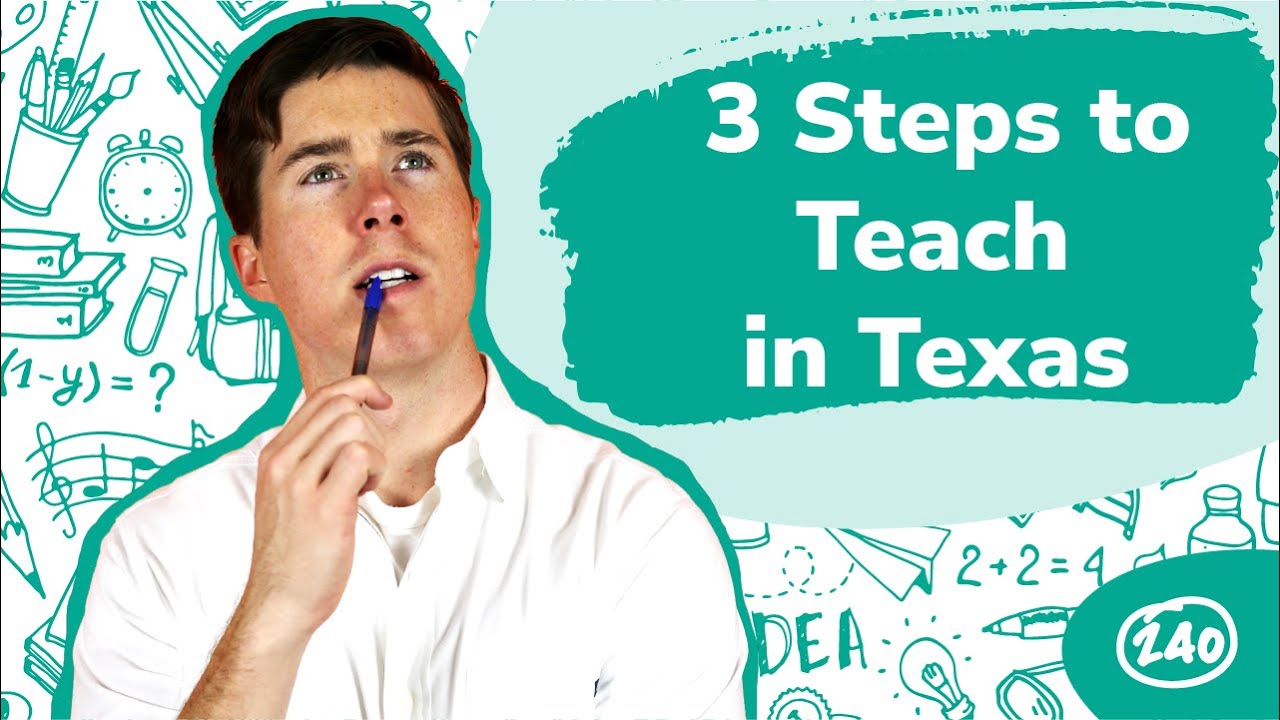
Students learn social emotional skills through activities that help them to have a better view of others and themselves. This makes them more capable of being good citizens and learners. The positive results of these activities are long-term and can be used as an educational tool for students in a variety of settings. Teachers can implement social emotional education programs in their classrooms, whether it's elementary, middle, and high school.
To start your program, you need to get to know your students. You should observe their behaviour and facial expressions. It is important to learn about their relationships at home and with other students. You can start to recognize small cues (such as their facial expressions) that suggest they need more practice social skills.
First, you need to identify the feelings that occur in the classroom. For example, confusion, anger, sadness and even anger can all arise in class. Talk to your students about the meaning of these feelings and how you can help them. Ask them what their most common feelings are and to list the words that best describe these feelings.

Then, you can create an emoji chart, so students can easily recognize their emotions. It is also a good idea, to print out a number of cards. These cards include words and pictures that depict different emotions. Students can use the cards to track their moods by sticking them on their ring.
Another option is to use role-play scenarios. You could have students make faces that represent their emotions during a story. Have them look for a feeling friend. This will let them discover their feelings about certain colors or characters.
Twinkl's digital resources (e.g. a tablet/computer) can be used to access Twinkl’s social and emotionally learning activities. There are many social and emotional tools available from Twinkl, all of which can be downloaded as PDF files. These worksheets can be used both as instructional tools and as independent work. Twinkl digital resource will help you to teach social-emotional skills to students.
When you work with students, encourage them to make their own stories. This will help your students to see the value of empathy and the benefits it has for their classroom. Storytelling will also help your students learn vocabulary and comprehension skills.

These types of activities can be added to the curriculum to help students build an emotionally strong foundation to support academic success. Students will learn how to manage emotions, make healthy choices and develop strong relationships with their classmates. You will increase academic productivity and improve the cultural environment in your classroom.
By incorporating acts of kindness into your classroom, you can teach empathy to students. This can happen through a morning or daily check-in. When students give each other kindness, it helps build relationships in the classroom and outside of it. Aside from the benefit to the community, it will teach students the value and positive impact of kindness.
FAQ
What does it take for you to become a teacher at an early age?
First you need to decide if your career path is in early childhood education. Then you will need your bachelor's degrees. Some states require students hold a master's degree.
You may also be required to attend classes during the summer. These courses are about pedagogy, the art of teaching, and curriculum development.
Many colleges offer associate degrees that lead directly to a teaching certificate.
While some schools offer certificates or bachelor's degrees in early childhood education, others only offer diplomas.
You may not require additional training if you are planning to teach at your own home.
What are the requirements for my chosen field of work?
If you want to become a lawyer, you'll need good written communication skills. A nurse must have the ability to communicate well. Excellent math skills are required to be an accountant. These are just a few of the many examples. Take a look at all the things that you love doing. What job type will you have that allows you to do those things? To become an engineer, you will need to be able to design structures and machine. In order to excel in this area you will also need to master basic math. A basic understanding of numbers and statistics is necessary to succeed in business. Good communication skills are essential if you wish to become a teacher. You will need to have the ability to help others learn and to teach them.
Which factors are important when selecting a major
You should first decide whether you would rather go straight into a profession or go to college first. Next, you need to make a list listing your talents and interests. You might be interested in reading, listening and watching music, or talking to people. You can be a singer, dancer, painter, writer, sewer, cook, woodwork, garden, photography, carpentry or auto mechanics. You can use your interests and talents to help you select a major.
If you're interested in becoming an artist, you might be drawn to art history or fine arts. Biology may appeal to those who love animals. Pre-medicine or medical technology may be an option for you if your dream is to become a physician. If you'd like a career that involves computers, you might check out computer science or computer networking. There are many choices. Be clear about your goals.
How long should I spend preparing for college?
The amount of time spent preparing for college depends on how much you plan to devote to your studies. It is a good idea to start college preparation courses immediately if your goal is to attend college as soon after you graduate high school. You don't have to plan if you expect to be away for several years before going to college.
You should discuss your plans with your parents and teachers. They might recommend certain courses. Be sure to keep track of the courses you've taken and the grades you received. This will enable you to plan for next year.
What are the main types of early education?
There are many ways that early childhood education can be described. The most common ones include:
-
Preschool - Children ages 2 to 5
-
PreKindergarten - Children ages 4 to 6
-
Head Start/Headstart for Children Ages 0-3
-
Day Care/ Daycares for children 0-5
-
Child Care Centers for Children from 0-18
-
Family Child Care for Children Ages 0-12
-
Homeschooling for children ages KG-16
How much does homeschooling cost?
Homeschooling does not require you to pay a set fee. Some families charge between $0-$20 per lesson. Other families offer free services.
However, homeschooling requires dedication and commitment. Parents need to make sure they have enough time to spend with their children.
They need to have access books, supplies, or other learning materials. Many homeschoolers need to access community programs and events to complement their curriculum.
Parents must think about the cost of transport, tutoring, and other extracurricular activities.
In addition, homeschoolers must plan ahead for field trips, vacations, and special occasions.
Is it necessary to attend college in order to be an early childhood educator
You can't, but it is worth considering going to college to get a degree in this field.
It is important that you realize that being a teacher can be difficult. Every year, many people are rejected. A lot of people leave college after just one semester.
You must still meet stringent qualifications to be a teacher.
Statistics
- And, within ten years of graduation, 44.1 percent of 1993 humanities graduates had written to public officials, compared to 30.1 percent of STEM majors. (bostonreview.net)
- They are also 25% more likely to graduate from high school and have higher math and reading scores, with fewer behavioral problems,” according to research at the University of Tennessee. (habitatbroward.org)
- Think of the rhetorical power of nineteenth-century abolitionist Harriet Beecher Stowe, Martin Luther King, Jr., or Occupy Wall Street activists with their rallying cry of “we are the 99 percent.” (bostonreview.net)
- They are more likely to graduate high school (25%) and finish college (116%). (habitatbroward.org)
- “Children of homeowners are 116% more likely to graduate from college than children of renters of the same age, race, and income. (habitatbroward.org)
External Links
How To
what is vocational education?
Vocational Education is an educational system that prepares students for employment after high school or college by providing them training in specific skills needed for a particular job (such as welding). This includes apprenticeship programs and on-thejob training. Vocational education is different from general education in that it prepares individuals for specific career paths rather than acquiring broad knowledge for future uses. Vocational training is not designed to prepare individuals for university but rather to assist them in finding jobs upon graduation.
Vocational education can take place at all levels of schooling. This includes primary schools, secondary schools and colleges, universities as well as colleges, technical institutes, technical colleges, trade schools, community college, junior colleges, four-year colleges, and colleges. There are also many specialty schools like nursing schools and law schools, legal schools, medical schools and dental schools as well as veterinary medicine, veterinary medicine, firefighting, police academies and military academies. Many of these provide both academic instruction and practical experience.
A number of countries have made significant investments in vocational education over recent decades; for example, Australia, Denmark, Finland, Germany, Ireland, Japan, Luxembourg, New Zealand, Norway, Poland, Sweden, Switzerland, the United Kingdom, and the United States. The effectiveness of vocational education is still controversial. Some critics claim it is not effective in improving students' employability. Others argue that it helps them prepare for life after school.
The U.S. Bureau of Labor Statistics estimates that 47% of American adults possess a postsecondary certificate, or degree related to current occupation. This is a higher percentage among those who have more education. 71% are currently employed in fields that require postsecondary qualifications.
The BLS reported in 2012 that almost half of all adults had some type of postsecondary credential. A third of Americans have a two-year associate's degree and 10% hold a four year bachelor's degree. One out of five Americans held a master's degree or doctorate.
In 2013, the median annual wage for persons holding a bachelor's degree was $50,900, compared to $23,800 for those without a degree. For advanced degrees, the median annual wage was $81,300.
The median wage for those who didn't complete high school was $15,200. The median annual income for those with less than a high-school diploma was $13,000